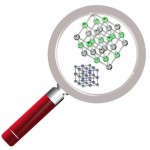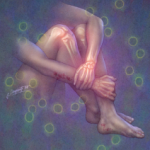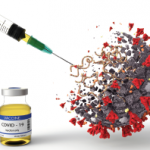ACR CONVERGENCE 2020—Among the many ways in which the COVID-19 pandemic has changed the face of modern medicine is the emergence of multisystem inflammatory syndrome in children (MIS-C), a rare but serious condition that shares many features of Kawasaki disease (KD). With this topic in mind, leading pediatric experts from around the world came together…









